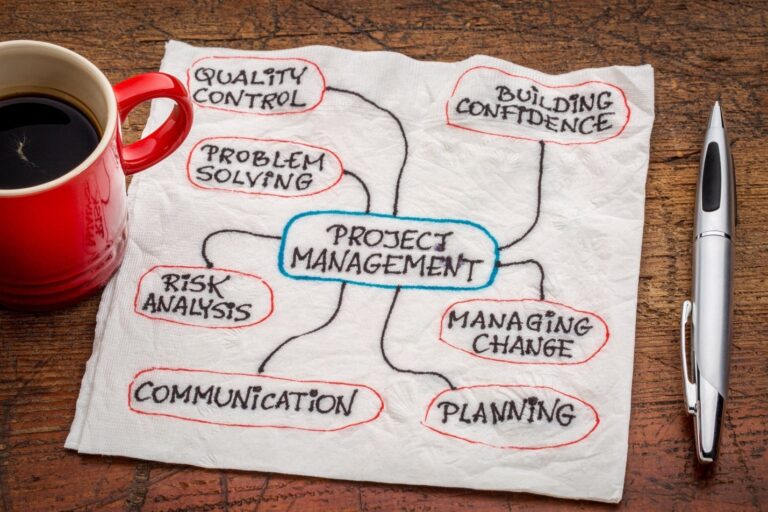Is Your Email Strategy Up to Date?
Email is still a potent tool that organizations may use in the modern digital era to engage customers, build brand awareness, and accomplish marketing goals. However, if email marketing tactics don’t adapt to shifting customer tastes and trends, their efficacy may gradually wane. This post will discuss seven important factors to consider when assessing if your email strategy is current and how to make sure it keeps connecting with and engaging your target audience.
Mobile Optimization:
Make sure your emails have been prepared for mobile reading, as the bulk of email openings now occur on mobile devices. This entails making calls-to-action simply tapable, optimizing text sizes for smaller devices, and utilizing responsive design approaches to adjust your email layout to various screen sizes. By giving mobile optimization top priority, you may optimize user experience and increase email campaign engagement.
Personalization and Segmentation:
Personalization is no longer just a nice-to-have; it is increasingly what customers want. To tailor the subject lines of your emails to the interests, behaviors, and demographics of each receiver, use data-driven customization techniques. Segment your email list based on features like likes, engagement level, and previous purchases to send more targeted and relevant messages. By personalizing your emails, you can raise open rates, rates of click-through, and eventually conversions.
Automation and Workflow:
Your email marketing campaigns may be streamlined using automation, which can also assist you in sending your audience timely and pertinent communications. To nurture leads and increase conversions, automate processes for activities like welcome emails, cart abandonment notifications, and follow-up emails after a purchase. Send emails depending on particular events or benchmarks, such as visiting a website or email exchanges, by utilizing behavioral triggers. You can boost productivity, save time, and provide your subscribers with a better-tailored experience by utilizing automation well.
Interactive Content:
The effectiveness of static, text-based emails in grabbing the attention of modern customers is declining. To make your emails more interesting and dynamic, add interactive components like polls, quizzes, questionnaires, and countdown timers. Try out different animated GIFs, films, and carousels to produce eye-catching content that promotes engagement and holds viewers’ attention. With interactive content in your emails, you can stand out from the competition and improve engagement metrics.
Compliance with Regulations:
Ensure that your email marketing strategies adhere to pertinent laws like the CAN-SPAM Act and the General Data Protection Regulation (GDPR) is crucial in this age of elevated data privacy concerns. Prior to sending out promotional emails, obtain the express consent of subscribers, ensure that opt-out alternatives are easily accessible, and promptly fulfill unsubscribe requests. Establish robust data security protocols to protect confidential customer information and maintain the trust of your audience.
A/B Testing and Optimization:
It would help if you did ongoing testing and optimization in order to optimize the effectiveness of your email campaign and make the required modifications. You may use A/B testing to determine which elements of your emails—such as subject lines, sender monikers, call-to-action buttons, and email text—are more effective in getting your audience to reply. By optimizing your approach, you may use the insights gained from testing to increase the effectiveness of subsequent initiatives. A data-driven approach may help you iterate and improve your email marketing strategy over time, leading to improved performance metrics.
Measurement and Analytics:
Key performance indicators (KPIs) must be routinely tracked and analyzed in order to determine the effectiveness of your email marketing campaigns. Monitor data like as open rates, click-through rates, conversion rates, and unsubscribe rates to evaluate the effectiveness of your efforts. To learn more about subscriber behavior, preferences, and interaction patterns, use email analytics tools. You can find areas for development, make wise choices, and maximize the results of your email strategy by utilizing data and analytics.
Conclusion:
In conclusion, in today’s competitive world, being relevant, engaging your target group, and achieving results depend on having an up-to-date email strategy. Your email marketing efforts may continue to be successful and influential if you give mobile optimization, customization, automation, interactive content, regulatory compliance, A/B testing, and measurement top priority. To stay ahead of the curve and accomplish your marketing objectives, continually assess and adjust your approach in light of shifting trends, customer preferences, and industry best practices.




